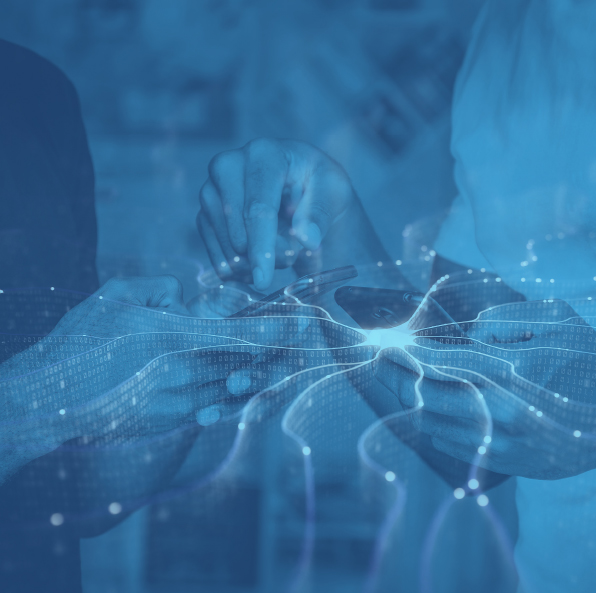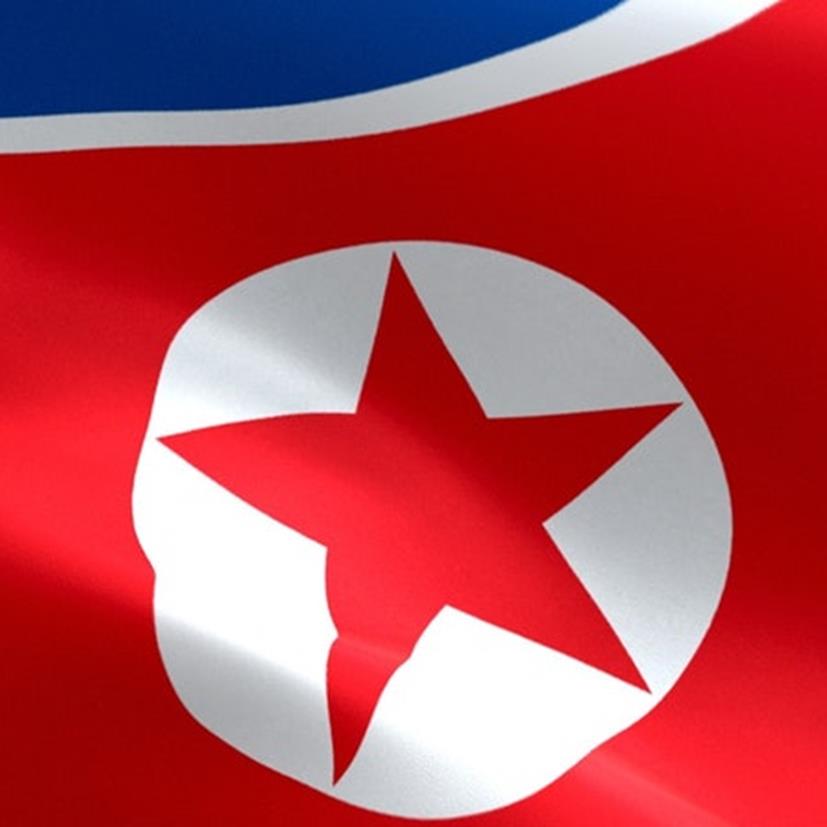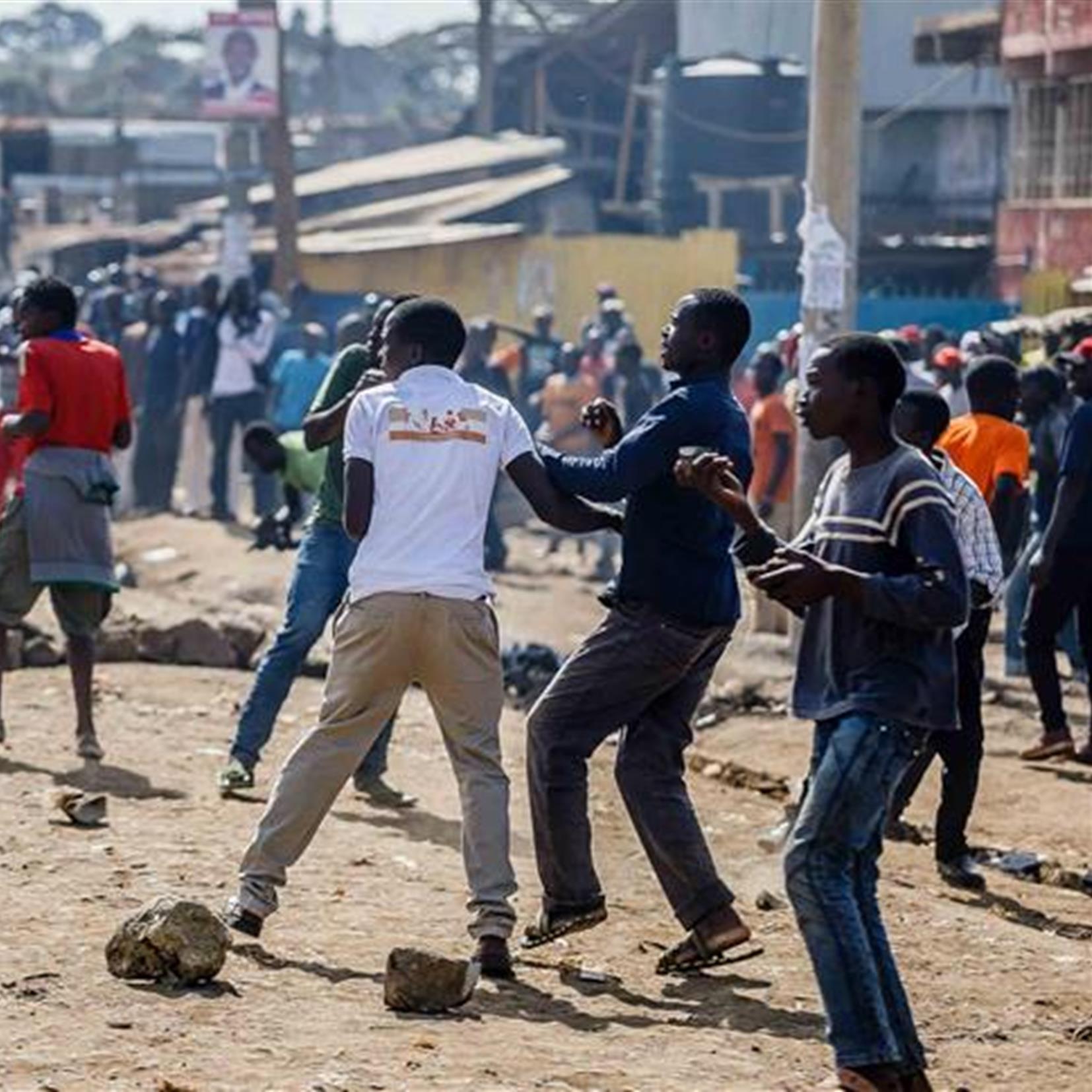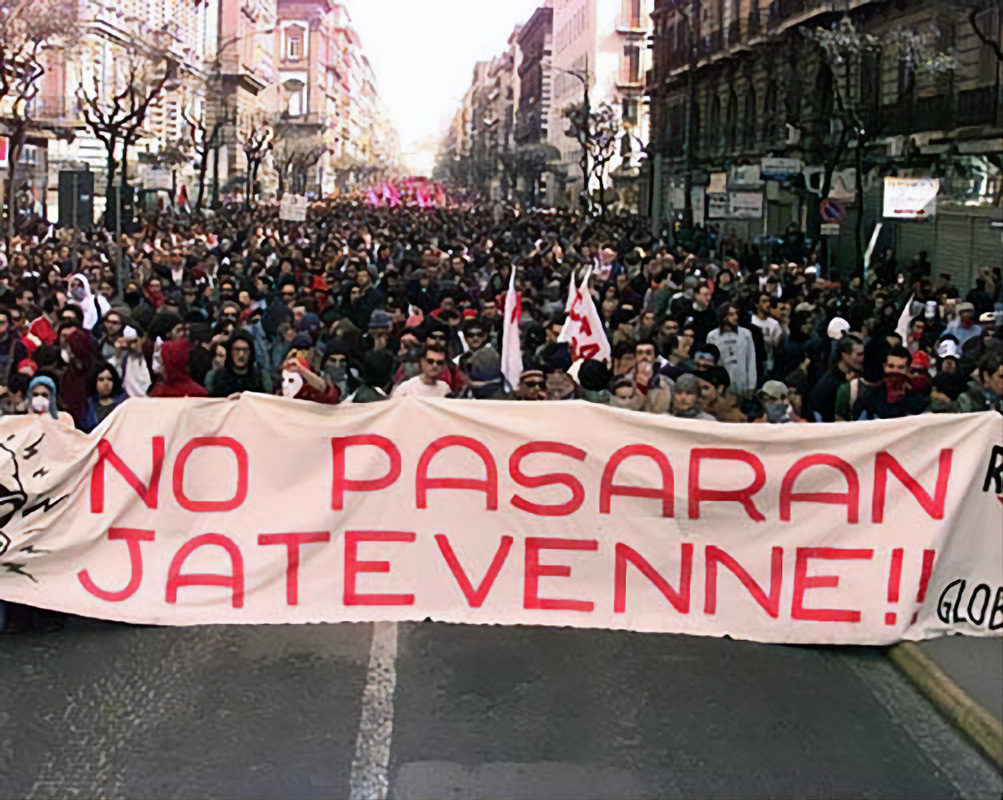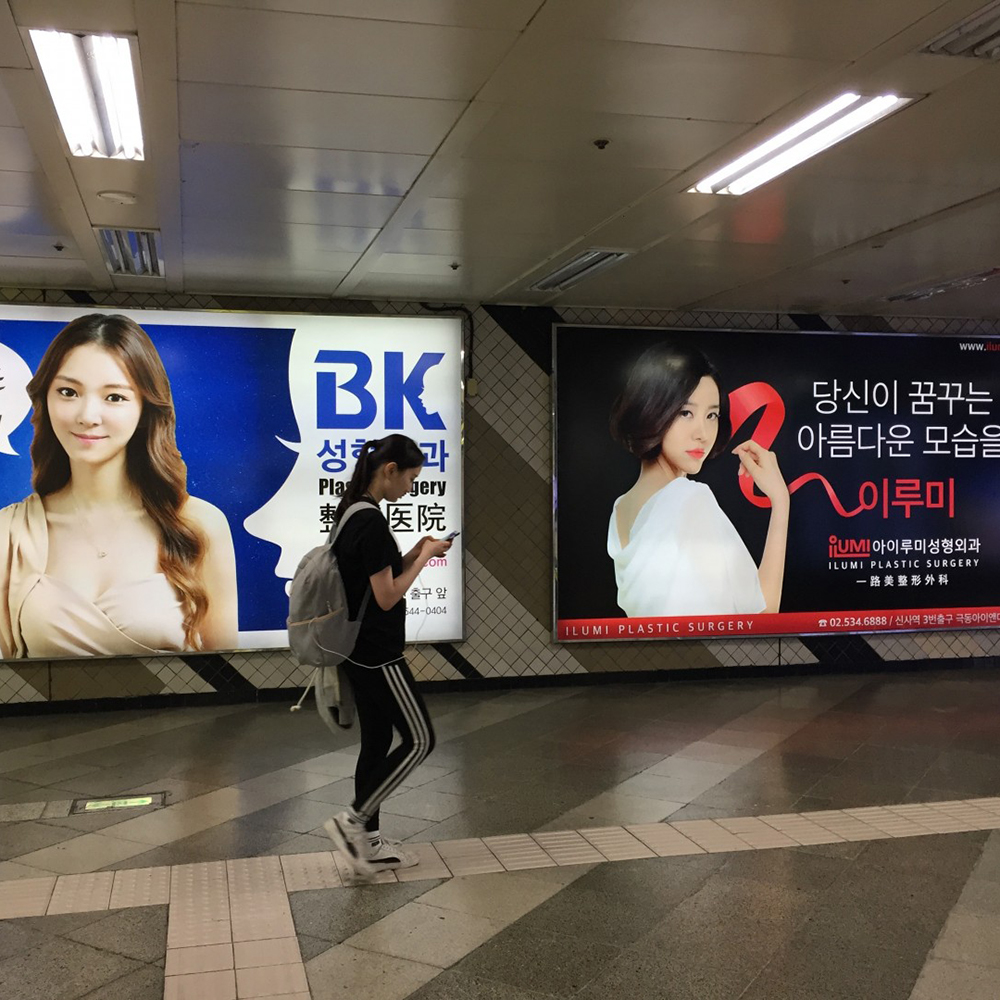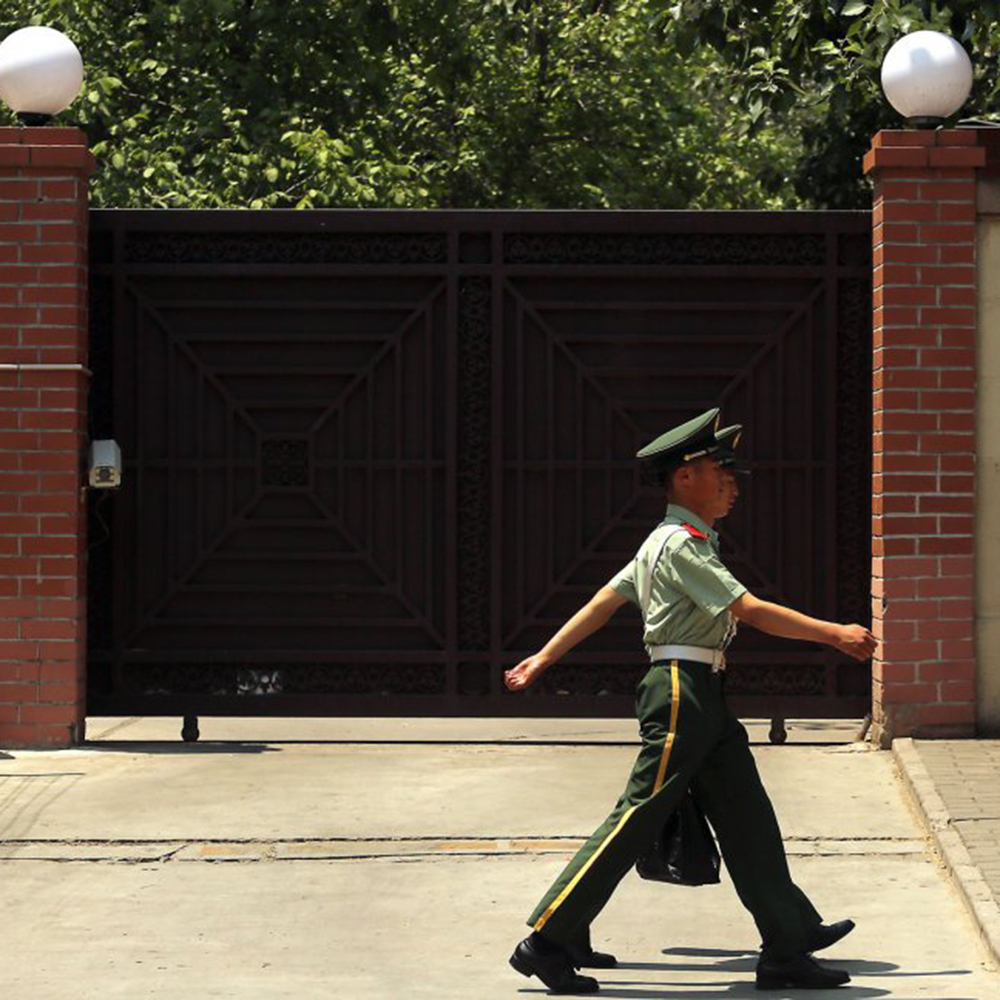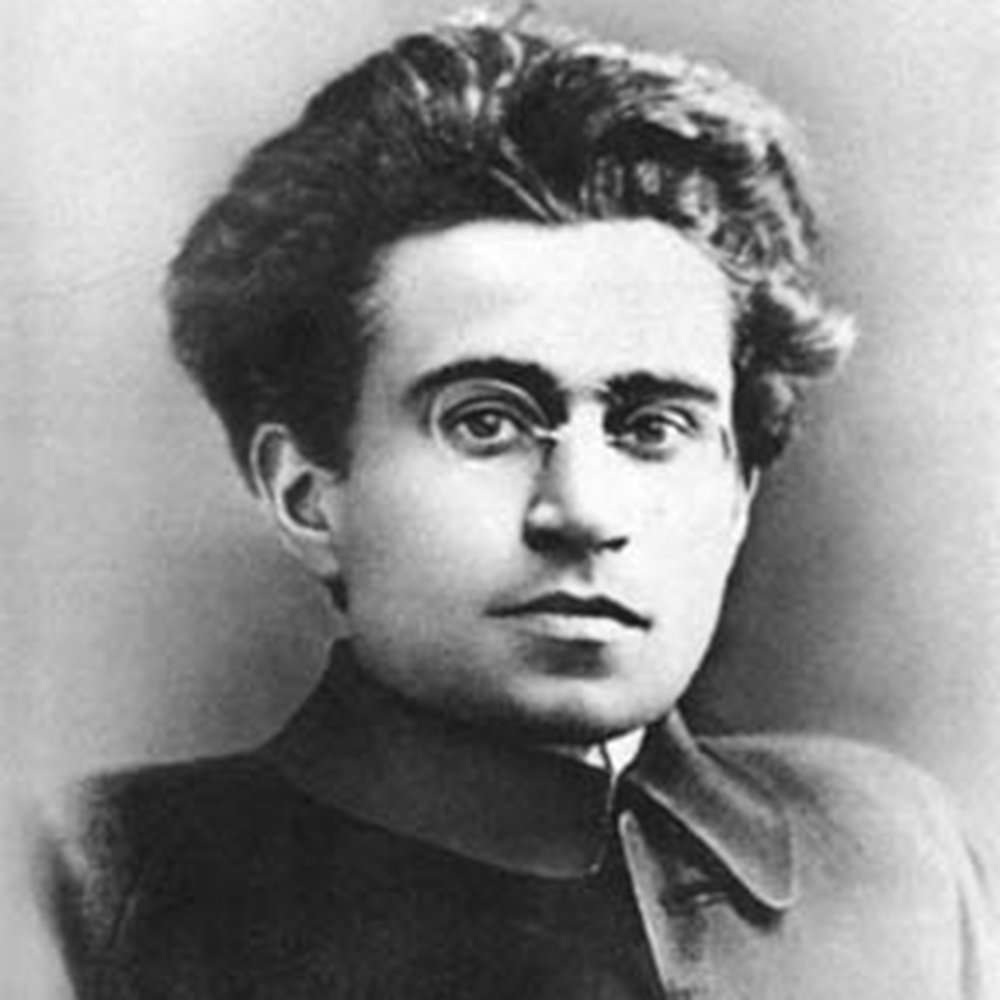2025. “Does the United Nations Need Agents? Testing the role of AI agent generated personas in humanitarian action.” Working Paper, UNU CPR, New York.
This paper illustrates a case study with two AI agent generated persona systems, one called “Ask Amina” and the other “Ask Abdalla.” The first is designed to create an accurate digital representation of a refugee living in a camp in Chad. The second creates a digital replica of a combatant leader in the Rapid Support Forces (RSF), a group active in the southeastern part of Sudan from which many refugees are fleeing. Both systems combine digital avatars with large language models (LLMs), retrieval-augmented generation (RAG) and AI agent curated knowledge bases specifically designed to maximize the representativeness of each persona.
The effectiveness of Amina’s representation is measured by comparing “her” responses to survey questions against those provided by actual members of the refugee population. A sample of a negotiation with Abdalla, as well as a conversation between Amina and Abdalla, are qualitatively assessed. The experiment methodology and results are described in the case study section of this paper with further details in the appendix. Both personas can be experienced and tested at askamina.ai. Readers are invited to interact with either persona on any desired subject.
The primary objective of Ask Amina is to enable humanitarian and relief workers to ask questions about refugee experiences, needs, and sentiments, and receive responses that closely mirror real refugee perspectives. The objective of Ask Abdalla is to enable diplomats, and mediators to practice their skills with a persona that responds in ways consistent with a real combatant’s known behavioural patterns. The two personas are also put in conversation with each other as a preliminary test of a virtual AI-based community dialogue simulation.
2024. Disinformation and Peacebuilding in Sub-Saharan Africa: Security Implications of AI-altered Information Environments.
Artificial intelligence (AI) capacity and use has developed very rapidly over the last five years. As the international community increasingly focuses on establishing global governance of AI to harness its opportunities while mitigating its risks, concerns regarding AI's impact on peace and security have grown.
This concern is particularly associated with recent advancements in generative AI, a subfield enabling the creation of diverse content types such as text, images, videos, and audio, using new AI tools which have begun to be linked to increases in disinformation campaigns, cybersecurity threats, hate speech towards women and minorities, and other conflict drivers.
A new UNU-CPR report explores the way in which AI technologies as they currently stand impact peace and conflict, and what methods might be used to mitigate their adverse effects - through the development of better tools and the inclusion of peace and conflict considerations in AI governance frameworks.
2023. Predictive Technologies in Conflict Prevention: Practical and Policy Considerations for the Multilateral System
Conflict prevention has become increasingly central to the UN’s approach to insecurity and instability, and this shift has brought a greater reliance on data capture technologies to identify and analyse recurrent conflict patterns and forecast potential crises. However, the use of these technologies also poses several challenges. For instance, some possess inconsistencies in the quality of data across space and time which undermine the ability of the UN to accurately predict conflict trends. There are further concerns that data capture technologies used for predictive purposes could have serious security ramifications and could run afoul of mainstream data privacy standards. Additionally, there is always the risk that technologies could be adapted for surveillance purposes in violation of human rights, and there are further concerns regarding ‘automation bias’ – a human tendency to be less critical of suggestions made by automated decision-making systems which could result in an over-reliance on predictive technologies, complicating an organization’s ability to respond effectively in fast-moving and emergent conflict scenarios.
2013. North Korea & the UN Security Council: Action, Reaction, Trust, and Mistrust
This study attempts to better understand the recent history of the relationship between the Democratic People’s Republic of Korea (DPRK) and the United Nations Security Council by analyzing four different episodes in the relationship in depth. It then uses these analyses to infer recurrent trends in this relationship, so that we may get a better idea of what to expect from the DPRK in the near future. Since research shows that in the absence of some form of common ground between international actors lasting disarmament is not likely to be achieved, the report pays particular attention to levels of “trust” in this relationship.
By using an original methodology that combines a quantitative evaluation of the levels of mutual trust with a qualitative examination of the social and geopolitical context, we are able to identify what circumstances contribute to better relations and what circumstances do not. The study comes to the following conclusions and recommendations. First, it is not uncommon for Security Council resolutions to be utilized by the DPRK to reach some kind of strategic objective of its own. In particular, the DPRK has been successfully provoking the Security Council with weapons proliferation in order to (a) play the great powers against each other, (b) gain the upper hand in negotiating with the US and Japan, (c) portray itself as the legitimate defender of the Korean people, North and South, and (d) test the attitude of the international community, particularly the US, toward itself. Whenever any of this occurs, the level of mutual trust rapidly decreases.
Second, there is a case to be made that the Security Council should remove itself as an instrument of the DPRK’s foreign policy strategy. That is, whenever it becomes obvious that the DPRK is attempting to take advantage of a Security Council reaction, the Security Council should perhaps respond in a less predictable, scripted manner. One way to achieve this could be by relying more on technical provisions and less on media-ready public statements. We also find that every time Security Council resolutions respond to the long-term strategic interests of the larger regional players, periods of relative calm ensue. In particular, any arrangement that (a) allowed China to use the DPRK to further its role as a major stakeholder in the region or (b) allowed the US to use the DPRK to advance the case for its continued military presence in Japan and South Korea would, quite ironically, increase the level of mutual trust between the DPRK and the Security Council. Arrangements (a) and (b) are not necessarily in contradiction.
Security Council policymakers may thus want to consider that the more a provision caters to the interests of all the major local and regional players—and not just those of the DPRK—the more trust is increased in a sustainable way, and the higher the chances that the region ceases to be a problem for the international community in the near future.
2019. The relationship between influential actors’ language and violence: A Kenyan case study using artificial intelligence
Scholarly work addressing the drivers of violent conflict predominantly focus on macro-level factors, often surrounding social group-specific grievances relating to access to power, justice, security, services, land, and resources. Recent work identifies these factors of risk and their heightened risk during shocks, such as a natural disaster or significant economic adjustment. What we know little about is the role played by influential actors in mobilising people towards or away from violence during such episodes. We hypothesise that influential actors’ language indicates their intent towards or away from violence. Much work has been done to identify what constitutes hostile vernacular in political systems prone to violence, however, it has not considered the language of specific influential actors. Our methodology targeting this knowledge gap employs a suite of third party software tools to collect and analyse 6,100 Kenyan social media (Twitter) utterances from January 2012 to December 2017. This software reads and understands words’ meaning in multiple languages to allocate sentiment scores using a technology called Natural Language Processing (NLP). The proprietary NLP software, which incorporates the latest artificial intelligence advances, including deep learning, transforms unstructured textual data (i.e. a tweet or blog post) into structured data (i.e. a number) to gauge the authors’ changing emotional tone over time.
Our model predicts both increases and decreases in average fatalities 50 to 150 days in advance, with overall accuracy approaching 85%. This finding suggests a role for influential actors in determining increases or decreases in violence and the method’s potential for advancing understandings of violence and language. Further, the findings demonstrate the utility of local political and sociological theoretical knowledge for calibrating algorithmic analysis. This approach may enable identification of specific speech configurations associated with an increased or decreased risk of violence. We propose further exploration of this methodology.
2011. A Study in Anthropology: The Anti-globalization Movement and the City of Naples. Journal of Mediterranean Studies, 13/1: 121-155.
From September 2002 to July 2003 I conducted fieldwork amongst anti-globalization protestors in Naples, Italy. At the time, anti-globalization ideals and stances were articulated through a large and dynamic protest movement. Young protestors expressed their dissatisfaction with the neo-liberal economic policies of institutions such as the World Banks, the World Trade Organisation and the International Monetary Fund through various activist groups and mass gatherings. In addition to protesting economic globalization, protestors also demanded the dropping of ‘third world debt’, sought to fight environmental degradation and pushed for the recognition of the rights of indigenous peoples amongst other things.
2011. Aesthetic Surgery and Social Change in South Korea. Korean Cultural Anthropology, 44/2: 359-389.
The intention of this paper is to set out some possible research directions for an ethnographic study of aesthetic surgery in South Korea. To do this, I advance an initial hypothesis: that changes on the body somehow reflect the broader social changes occurring in South Korean society. Does the relative popularity of aesthetic surgery amongst South Korean women reveal an ``ideology of the possible``, in which anything and everything is subject to change, renewal, amelioration? What is the nature and significance of such an ideology, and what are the implications for the way women view and manage their bodies?
2011. Experiences of State, Family and Body amongst North Korean Defectors Living in Seoul. Journal of Northeast Asian Cultures, 26/1: 579-600.
The Talbukja, a term used to denote ‘escape from the north’, interviewed in this paper have all fled their rural towns along the Tumen river in north-eastern North Korea to find themselves in Seoul, South Korea, one of the most dynamic megacities in the world. What is their view of this change? Do they incur any physical discomfort? How would they describe their relationship with their new surroundings?
To explore these aspects, the methodology involved conducting qualitative interviews with questions pertaining to the five senses. I asked questions such as what sights stand out in Seoul, what sounds are new or different, what tastes and what smells do you like or dislike? From these cue questions, the interviewee would then take the discussion in different directions, freely making associations to his or her personal like and experience as a refugee.
2012. Italian Labor Market Reform: An Appraisal of the 2003 Biagi Law. Mediterranean Review, 5/1: 21-44.
This article looks at the major historical developments in the Italian labor market, with specific attention given to the ‘Biagi Law’ that attempted to reform it in 2003. The name refers to Professor Marco Biagi, who was advising the government on the reforms at the time. The article will explore whether the objectives of the reforms were eventually achieved. This question will be addressed using an historical-descriptive methodology that focuses on the social and political context. The article concludes that the Biagi Law is only part of a much longer reform process that has been unfolding since at least the mid-1980s. This process is nowhere near completion today, and, especially in the case of the Biagi Law, has met with much resistance from state and non-state actors. The article uses data on unemployment figures in Italy and in the OECD in the decade from 2000 to 2010.
2013. Antonio Gramsci’s Political Philosophy and European Integration: A Review of Competing Perspectives in Contemporary Italy. Mediterranean Review, 6/2: 91-113.
This paper reviews competing contemporary perspectives on the political philosophy of Antonio Gramsci and relates them to the analysis of European integration today. The first part of the paper looks at the different conceptualizations of Gramsci`s thought as set out by two contemporary Gramsci experts in Italy, Marcello Montanari and Francesca Izzo. The second part of the paper considers which of the competing perspectives may be best suited for understanding the current political situation in Europe, and concludes that Montanari`s conceptualization is more relevant to this task. That conceptualization is then used to critically assess the current state of European integration; and, in particular, the role of member state governments, the emphasis on economic integration, and the preeminence of centralized institutions in directing the process of integration.

